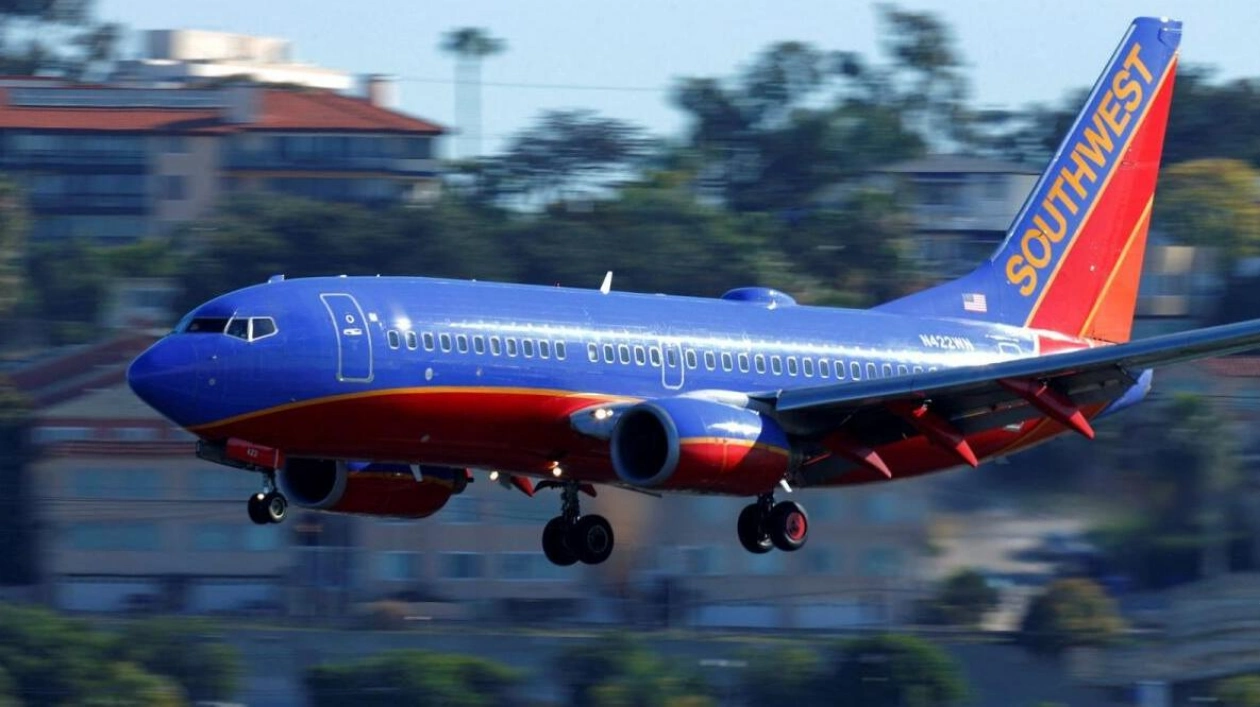The Federal Aviation Administration (FAA) announced on Saturday night that it is examining a Southwest Airlines flight that flew at an unusually low altitude over Tampa Bay, Florida, marking another incident in a series that has sparked safety concerns. Data from Flightradar24 indicates that the July 14 flight, a Southwest Boeing 737 MAX originating from Columbus, Ohio, descended to approximately 53 meters when it was about 5 km away from the Tampa airport. An air traffic controller warned the crew of Southwest Flight 425 about their low altitude, prompting the plane to be rerouted to Fort Lauderdale.
Southwest Airlines stated on Saturday that it is collaborating with the FAA to investigate and rectify any anomalies following the July 14 flight. The airline emphasized that ensuring the safety of its customers and staff is its top priority. This incident is part of a series involving Southwest flights that have triggered safety alarms, including a Southwest 737 flight in April that nearly touched the ocean off Hawaii due to the first officer accidentally pushing the control column forward, causing the plane to descend at a rate of about 4,400 feet per minute.
The FAA is also looking into another Southwest flight that flew low at about 14.5 km from the Oklahoma City airport. The June 19 incident with Southwest Airlines Flight 4069, which took off from Las Vegas, descended to about 500 feet after an alert was triggered, and an air traffic controller informed the flight crew. Additionally, the U.S. National Transportation Safety Board and FAA are investigating a Southwest 737 MAX flight on May 25 that experienced a 'Dutch roll' at 34,000 feet during its journey from Phoenix, Arizona, to Oakland, California. This type of lateral movement, named after a Dutch ice skating technique, can present significant safety hazards.
Furthermore, the FAA is investigating a Southwest flight that took off from a closed runway in Portland, Maine, on June 25.






